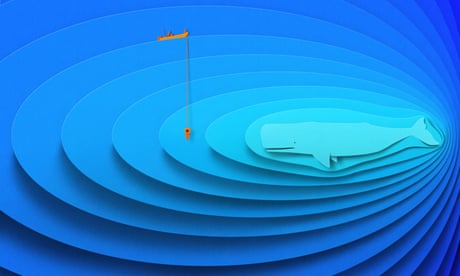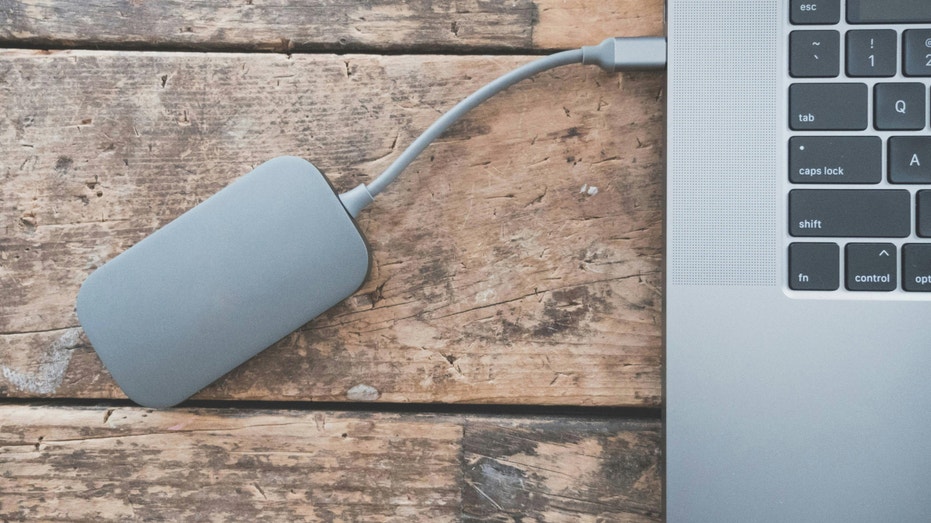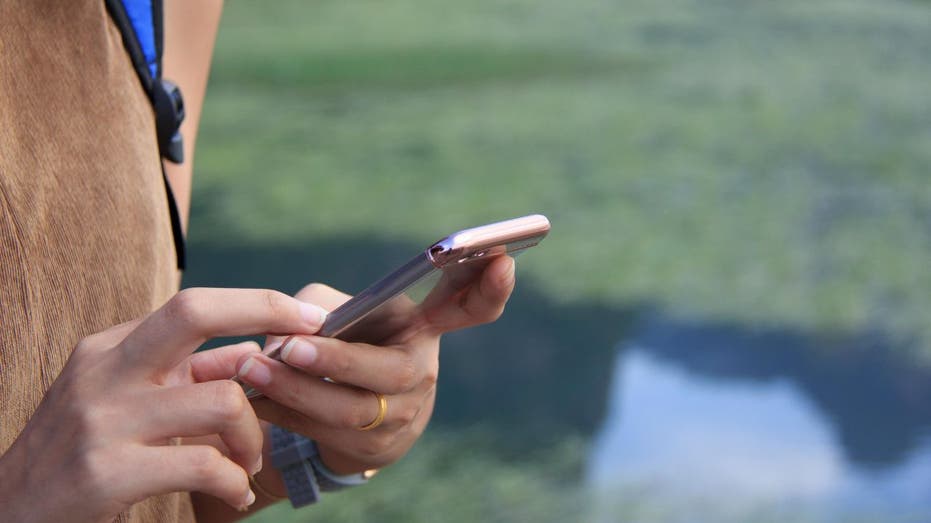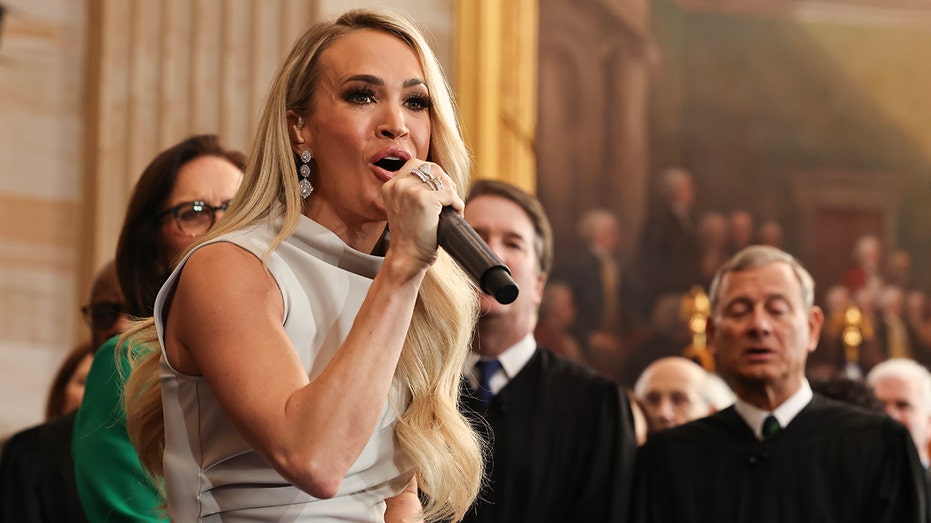- by foxnews
- 21 Jan 2025
Talking to whales: can AI bridge the chasm between our consciousness and other animals?
Talking to whales: can AI bridge the chasm between our consciousness and other animals?
- by theguardian
- 20 Sep 2022
- in technology

Tom Mustill was kayaking with his friend Charlotte in Monterey Bay, California, when an animal three times the size of the largest Tyrannosaurus Rex hurtled from the water and crashed down on their tiny craft. As the flying humpback whale fell upon them and their kayak was sucked beneath the waves, Mustill assumed he would die. Miraculously he and Charlotte found themselves gasping for breath, clinging to their capsized kayak. How had they survived a smash with a creature three times the weight of a double-decker bus?
These stories alone could fill a book, but Mustill first made a BBC documentary about humpback whales, before writing his book, How to Speak Whale, which is a thrilling exploration of past, present and future scientific endeavours to communicate with animals and better understand cetaceans in particular. What begins with questions about his own brief encounter soon plumbs profound scientific and philosophical depths.
Computers flicking through vast reams of biological data learn to recognise patterns that would take humans centuries to detect. Recognition programmes are now widespread in popular apps that identify plant species or birdsong.
In this extract from his book, Tom Mustill reveals how AI will help
What if you could design a mission to record a data set of whale communications perfectly optimised for the latest machine-learning and language-processing tools to scan? What if you could capture not just whole conversations but hundreds of thousands of them, from scores of different whales totalling millions, perhaps billions, of vocalisation units? Would you then have a chance at speaking whale? This is the plan of the Cetacean Translation Initiative, or CETI.
CETI hopes to place tags on mothers, grandmothers, teenagers and great bull males from different pods. There will be weather sensors and other contextual data, and they will link vocalisations to behaviour and what they know of each individual whale: was it hungry, fishing, pregnant, or mating?
All of these data will be available for the open-source community, so that everyone can get stuck in. Then the AIs will really be unleashed. They will analyse the coda click patterns that whales use to communicate, distinguishing between those of different clans and individuals. They will seek the building blocks of the communication system. By listening to baby whales learn to speak, the machines and the humans guiding them will themselves learn to speak whale.
All of the machine-learning tools will be part of an attempt to build a working model of the sperm whale communication system. To test this system, they will build sperm whale chatbots. To gauge if their language models are correct, researchers will test whether they can correctly predict what a whale might say next, based on their knowledge of who the whale is, its conversation history and its behaviours. Researchers will then test these with playback experiments to see whether the whales respond as the scientists expect when played whale-speak.
How To Speak Whale by Tom Mustill is published by William Collins at £20. Buy a copy for £17.40 from guardianbookshop.com
- by foxnews
- descember 09, 2016
'Aisle lice' is latest air travel annoyance to spark social media debate
A traveler who said he or she was flying on Delta asked social media users which is worse, "aisle lice" or "gate lice," when it comes to dealing with fellow passengers.
read more





